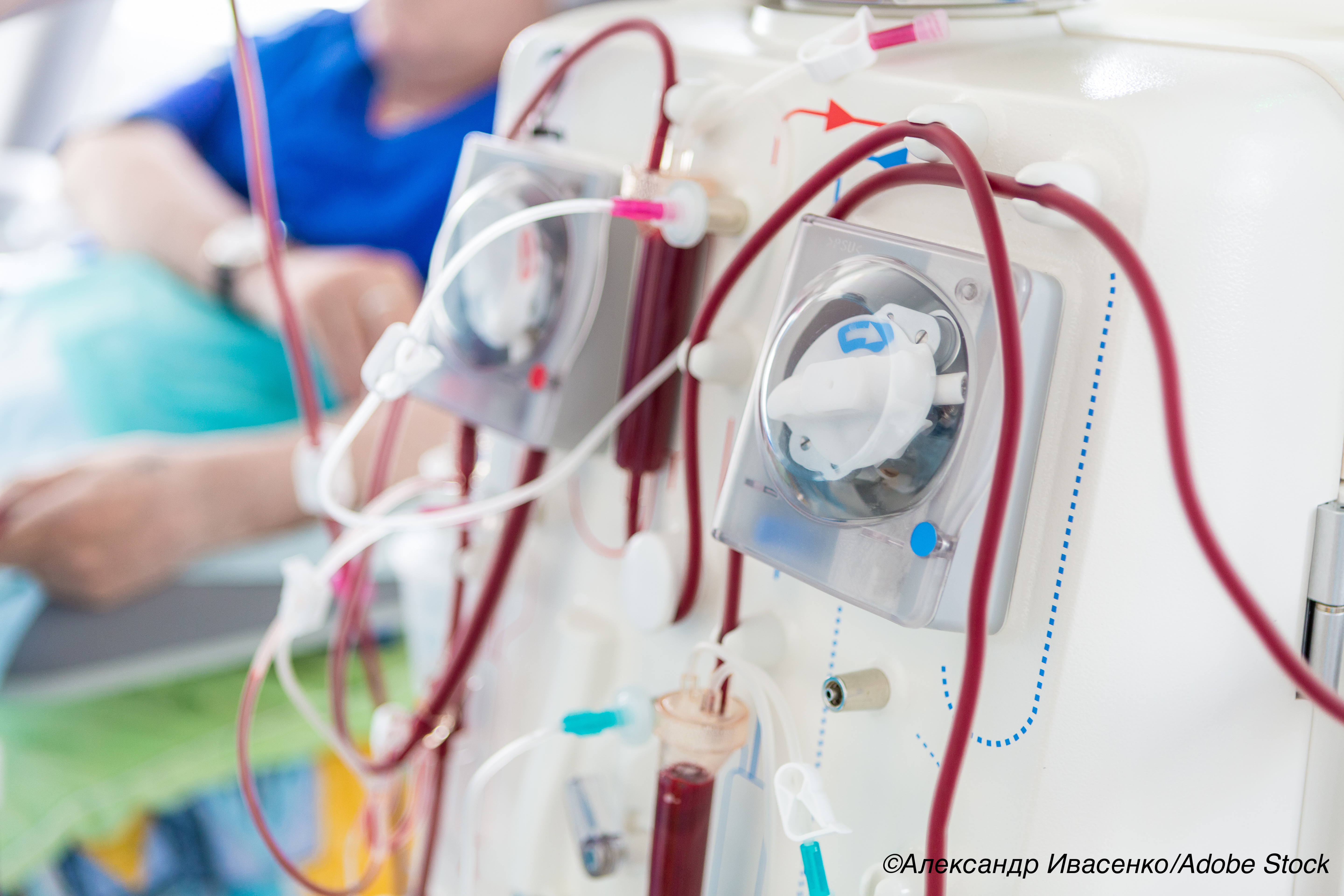
Disadvantaged Medicare patients who suffer from end-stage renal disease (ESRD) do so at higher rates and are also more likely to be readmitted to hospitals, pay higher rates, and receive in-center hemodialysis. Non-White patients with ESRD are also much less likely to receive pre-ESRD kidney care, be waitlisted for transplants, or even receive transplants.
In an effort to close health equity gaps for Medicare patients with ESRD and provide better access to care, the Centers for Medicare & Medicaid Services (CMS) issued a rule to update ESRD PPS payment rates, change the ESRD Quality Incentive Program (QIP), and change the ESRD Treatment Choices (ETC) Model. Changes to the latter will be designed to encourage providers of dialysis to reduce disparities in rates of home dialysis and kidney transplants among patients of lower socioeconomic standing.
“Health equity is at the center of our work here at CMS,” said CMS Administrator Chiquita Brooks-LaSure. “Today’s proposed rule is grounded in measures to ensure people with Medicare who suffer from chronic kidney disease have easy access to quality care and convenient treatment options. When CMS encourages dialysis providers to offer more options for Medicare patients to receive dialysis treatments, it can be life changing and lead to better health outcomes, greater autonomy and better quality of life for patients with kidney disease.”
In line with President Biden’s Executive Order 13985 on Advancing Racial Equity and Support for Underserved Communities through the Federal Government, CMS is working to address health inequities and improve patient outcomes via better data collection to improve their quantification of disparities across their programs and policies.
The rule will include ESRD QIP proposals to address the Covid-19 Public Health Emergency, and not score or reduce payments to facilities in 2022 based on data from 2020. It will also include requests for stakeholder feedback on the feasibility of incorporating Covid-19 Healthcare Provider and Patient Vaccination measures in the ESRD QIP measure set. Nearly 90% of all dialysis facilities now report vaccination data performance to the Center for Disease Control and Prevention’s (CDC) National Healthcare Safety.
The proposed rule also includes information requests to help increase access to home dialysis treatments. For patients with acute kidney injury (AKI), Medicare now only pays for dialysis delivered at ESRD facilities. CMS is asking for comments about changing the site of renal dialysis services for AKI patients and payment for AKI in the home setting.
For a fact sheet detailing the CY 2022 ESRD PPS proposed rule (CMS-1749-P), please visit: www.cms.gov/newsroom/fact-sheets/end-stage-renal-disease-esrd-prospective-payment-system-pps-calendar-year-cy-2022-proposed-rule-cms
To view the proposed rule, please visit: https://www.federalregister.gov/public-inspection
Liz Meszaros, Deputy Managing Editor, BreakingMED™
Cat ID: 127
Topic ID: 81,127,570,730,127,472,192,150,925

